Vegan substitutes rarely stand up to their counterparts. It’s because too often, they are made primarily with a focus on replicating textures and flavours and rarely with respect for a natural process. Cheese, for instance, is made with milk, salt, a starter culture and rennet. Four ingredients. But look at the ingredient list of a vegan cheese and you find a host of stabilisers, emulsifiers and regulators, most of which have the purpose of artificially recreating the textures that nuts and legumes can’t achieve naturally. But what if we looked at cheese not as the nostalgia of flavour & texture, but as a concept of fermentation and applied parts of it to a plant-based resource? Not to RE-create, but to create a product of its own right. Not to replace, but to provide a natural source of protein that is versatile and delicious.
This Cashew Ferment is only in its infancy. It’s a basic homemade version, a fun experiment in the kitchen that is 100% natural, probiotic (good for the gut) and made with only four ingredients (cashews, kombucha, salt, water). But from here, we can unlock its potential. It too can be aged and flavoured. And the method can be applied to most nuts. The biggest challenge, however, will be to find a suitable plant-based resource in those countries where nuts don’t grow natively.
The Cashew Ferment is delicious on a slice of sourdough (it actually works really well with jam!) and gives a wonderful creamy texture and rich flavour when stirred into savoury dishes.
Tips for blending the cashews
Blending the cashews until smooth can take a bit of time. You don’t want to add too much liquid otherwise you won’t achieve a creamy texture. The lack of liquid means, however, that you’ll have to scrape down the sides every time the blender creates an air pocket and stops blending the nuts. I use my Vitamix and keep blending the cashews until I can bring it up all the way to the 6th setting. Then keep it running for 10 seconds and switch off the machine. Make sure not to overheat the mixture (above 50°C), which could kill the probiotic bacteria. The whole process takes around 10 minutes of blending & scraping down until it has broken down enough to blend easily.
Benefits of Fermenting Cashews
Cashews are a type of tree nut that is native to Brazil but are now grown in many parts of the world, including India, Vietnam, and Nigeria. You can buy organic cashews from Forest Whole Foods or Hatton Hill Organic. The process of fermentation involves breaking down the sugars and starches in the cashews using beneficial bacteria and yeasts. This not only enhances the flavour and texture of the cashews but also makes them easier to digest.
Fermented cashews are a great source of plant-based protein, healthy fats, and essential vitamins and minerals such as magnesium, phosphorus, and zinc. They also contain beneficial compounds such as probiotics, which are important for gut health and immunity.
serves 24
Ingredients
-
300g organic cashews
-
30 ml raw kombucha (I used MOMO Kombucha) or raw apple cider vinegar
Method
Soak the cashews overnight in plenty of water.
The next day, drain the nuts and add them to a blender (I used my Vitamix) along with 1/2 tsp salt, the kombucha (or apple cider vinegar) and 100 ml of water. Blend until smooth, but make sure not to overheat it (above 50°C), which could kill the probiotic bacteria. You’ll need to scrape down the sides every now and then (it can take around 10 minutes for it to be completely smooth).
Transfer the mixture to clean weck jars, pressing it down as you go to avoid any air bubbles or layers. Then cover the jars with a muslin cloth and leave to ferment for 1 – 2 days. The exact time will depend on the ambient temperature and the bacteria culture in the kombucha/vinegar. With kombucha, it usually takes 24 – 36 hours, with vinegar around 48 hours. Make sure that you are using raw kombucha or vinegar, as the live bacteria are essential. You’ll know that the cashews have fermented if the mixture looks bubbly, grew in volume and tastes slightly tangy. If that’s not the case, leave it a little longer.
Once the fermentation is underway, give the mixture a good stir, then cover it airtight and refrigerate to firm up slightly.
Store the fermented cashews in the fridge for 2 weeks.
**I receive a small commission from affiliate links on this page**

Cashew Ferment
Ingredients
- 300 g organic cashews
- 30 ml raw kombucha I used MOMO Kombucha or raw apple cider vinegar
Instructions
- Soak the cashews overnight in plenty of water.
- The next day, drain the nuts and add them to a blender (I used my Vitamix) along with 1/2 tsp salt, the kombucha (or apple cider vinegar) and 100 ml of water. Blend until smooth, but make sure not to overheat it (above 50°C), which could kill the probiotic bacteria. You’ll need to scrape down the sides every now and then (it can take around 10 minutes for it to be completely smooth).
- Transfer the mixture to clean weck jars, pressing it down as you go to avoid any air bubbles or layers. Then cover the jars with a muslin cloth and leave to ferment for 1 - 2 days. The exact time will depend on the ambient temperature and the bacteria culture in the kombucha/vinegar. With kombucha, it usually takes 24 - 36 hours, with vinegar around 48 hours. Make sure that you are using raw kombucha or vinegar, as the live bacteria are essential. You’ll know that the cashews have fermented if the mixture looks bubbly, grew in volume and tasted slightly tangy. If that’s not the case, leave it a little longer.
- Once the fermentation is underway, give the mixture a good stir, then cover it airtight and refrigerate to firm up slightly.
- Store the fermented cashews in the fridge for 2 weeks.



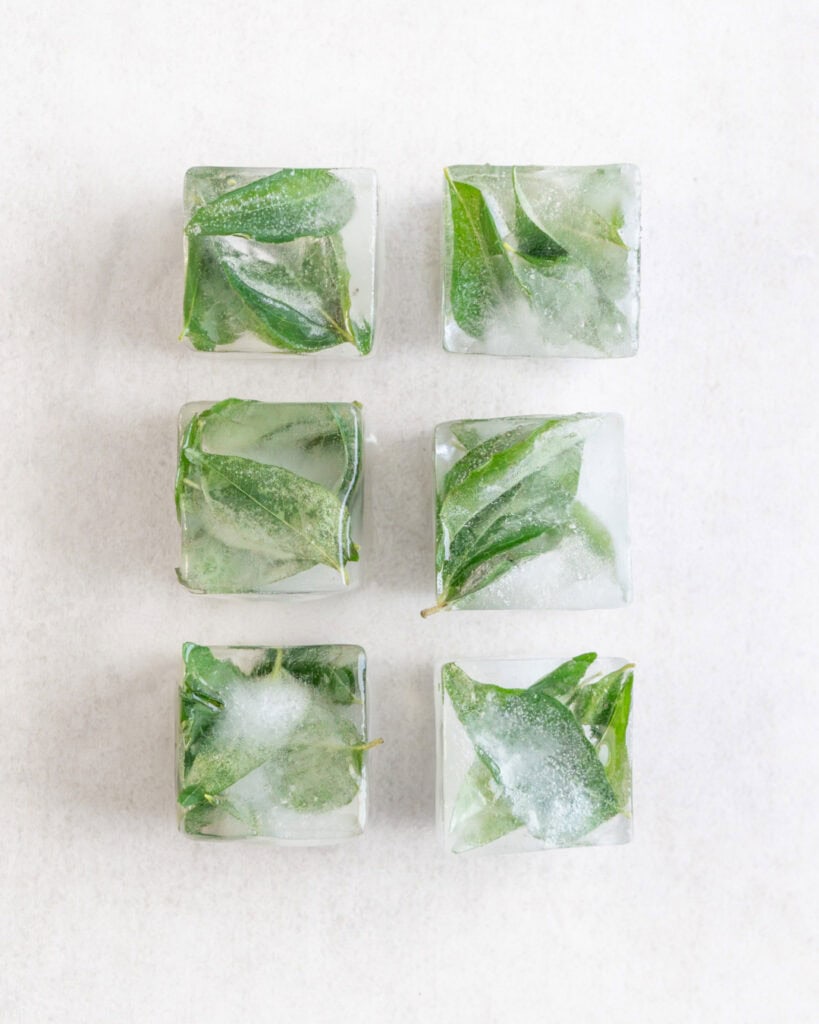

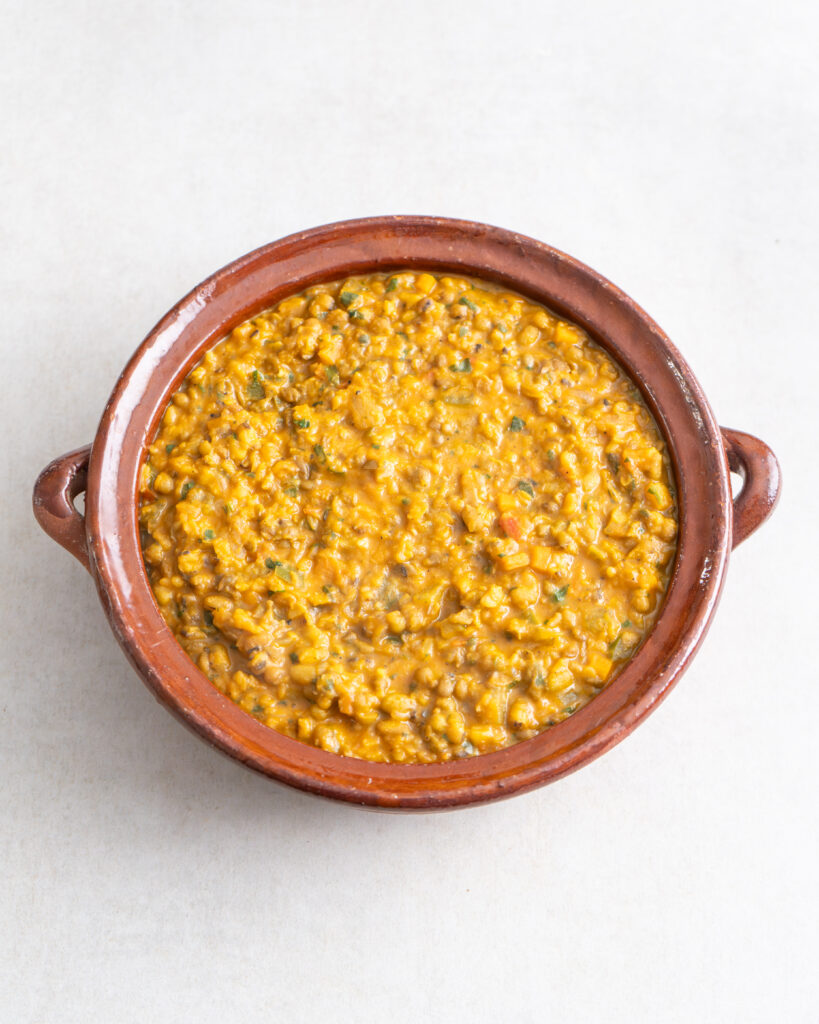

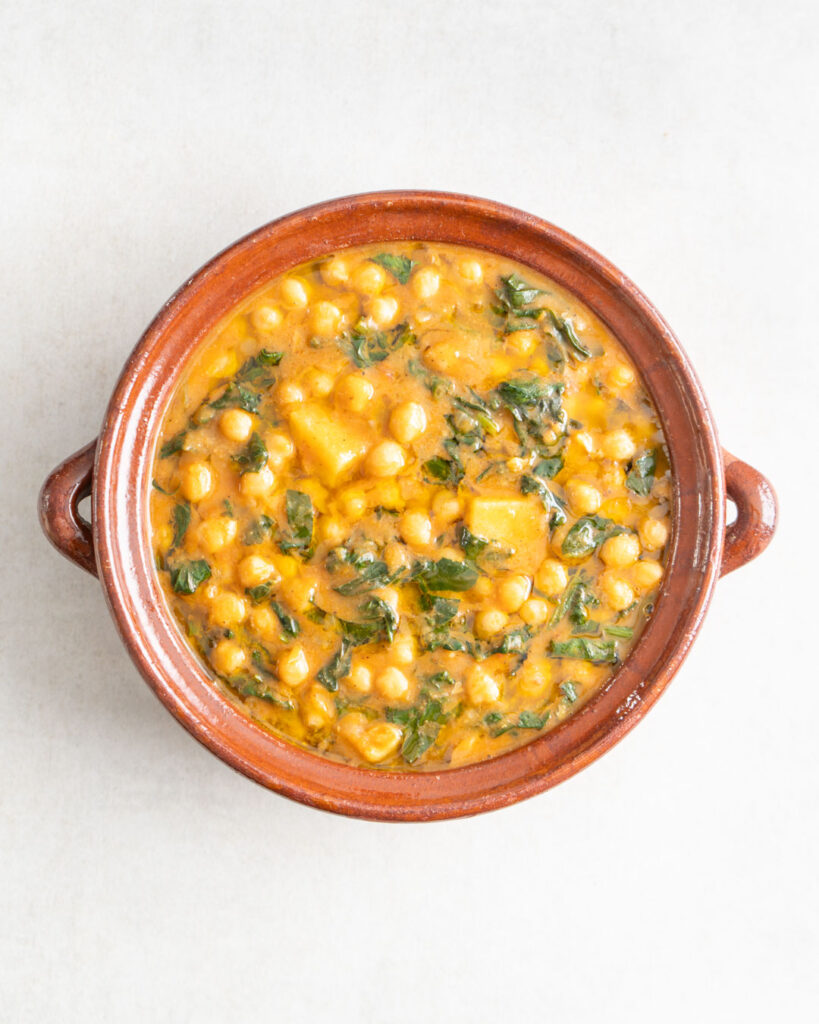





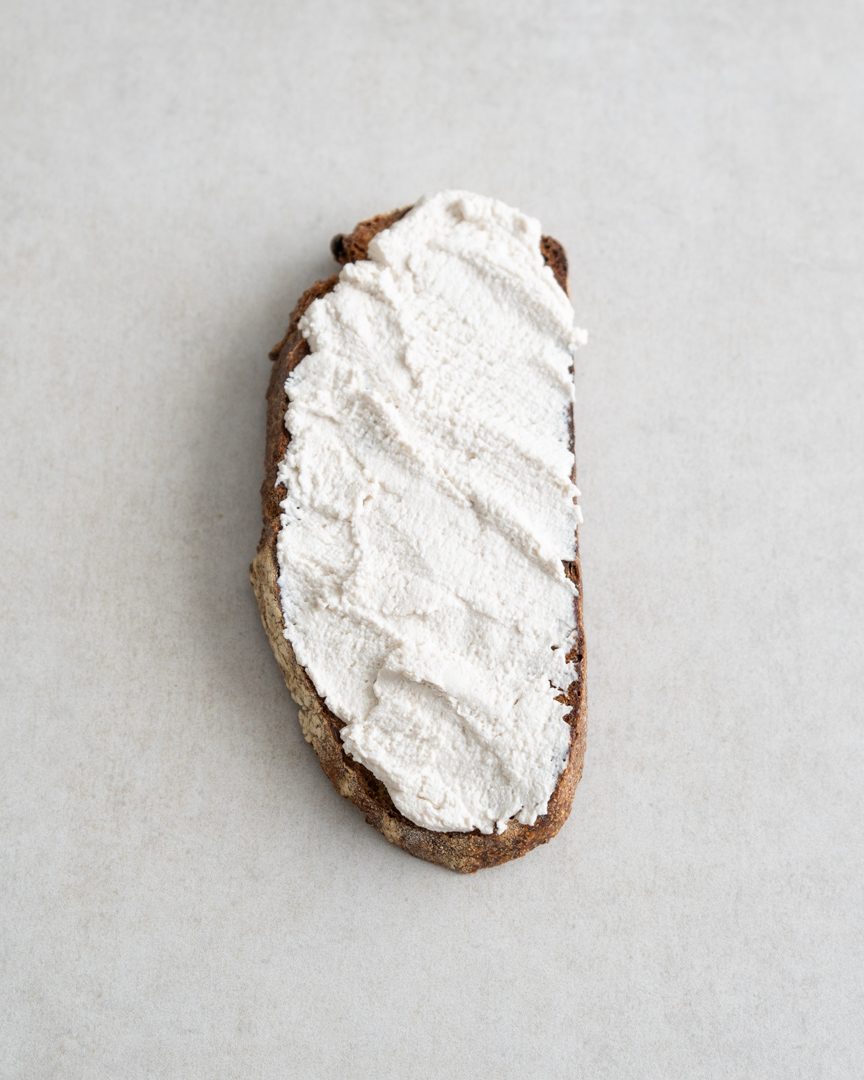



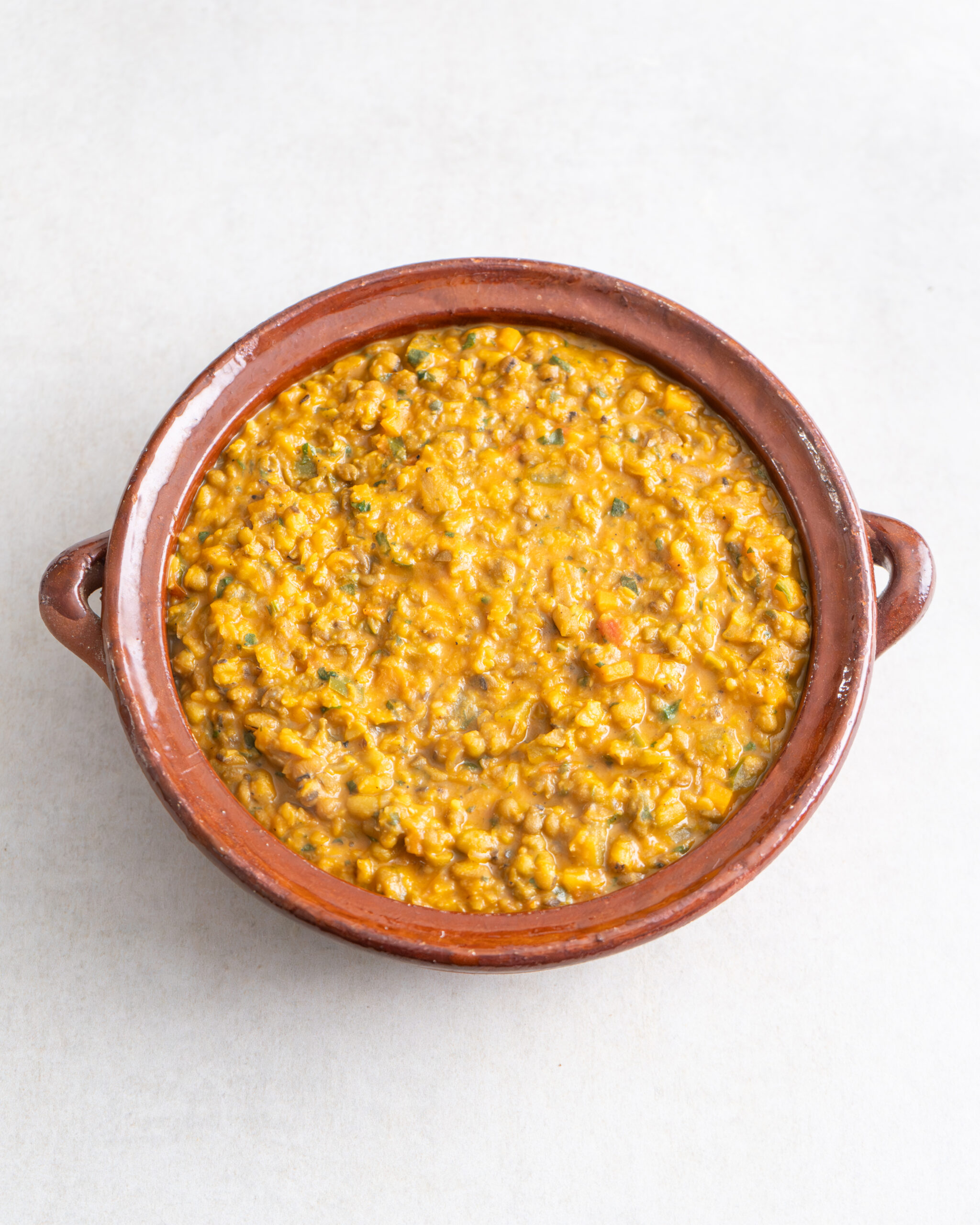




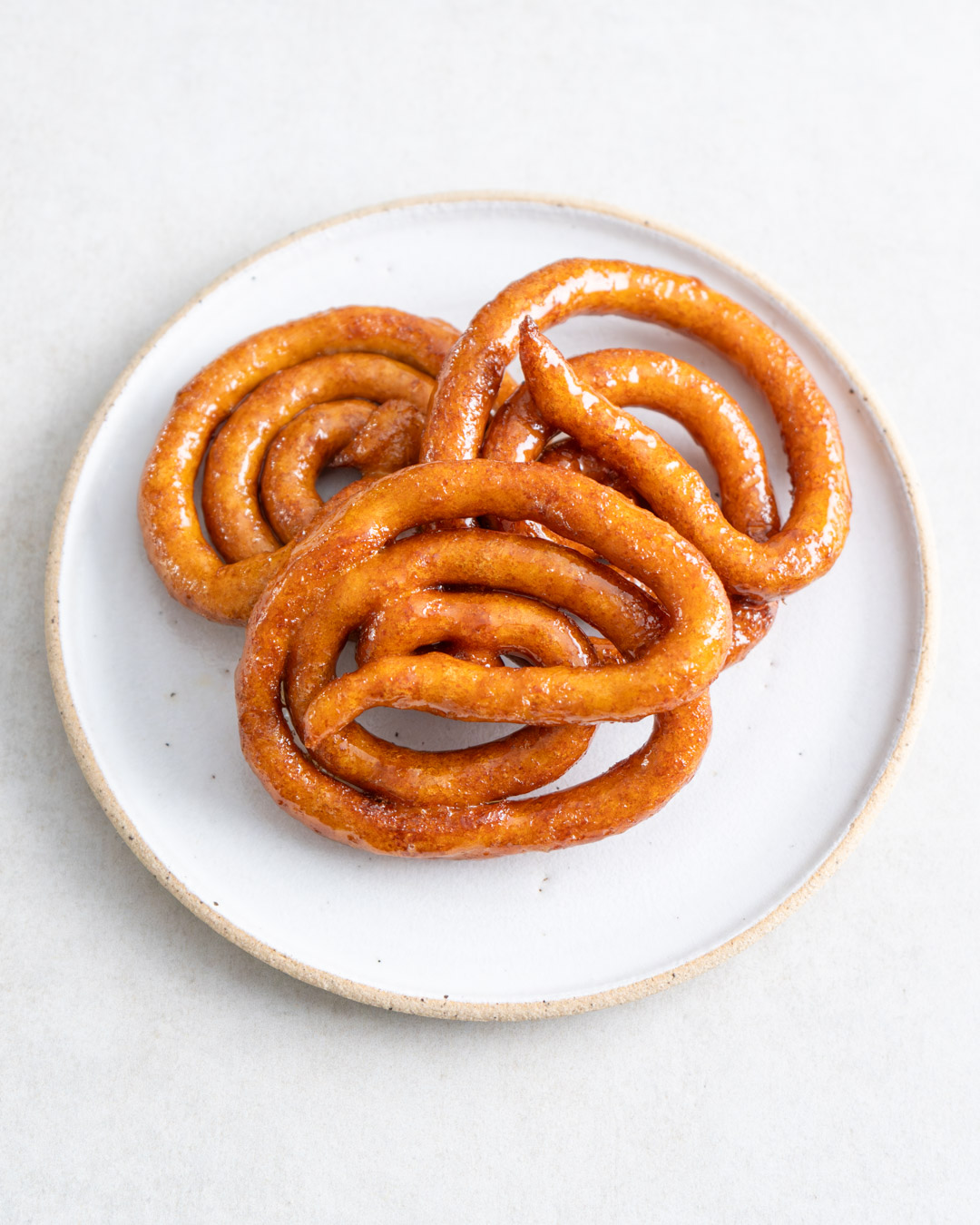

Thank you for promoting this…it is outstanding! You can also make this ferment with rejuvelac which is a homemade ferment using grain.
Oh interesting! Thanks for sharing!
Add a little lemon after it ferments for some extra tang
Great idea!
I have made cashew ferment with the leftover juice from my kimchi. It ferments really well, and it is so delicious that I have gotten addicted 😊
I’ve heard about that, great to know that it works. Thanks for sharing! ☺️
What constitutes a serving? How many grams?
The serving is an estimation here, since I forgot to take the total weight at the end. I believe it’ll amount to around 700-800g, which will get the suggested serving to around 30g.
hey! would this work with toasted cashews? they’re all i have on hand lol
I haven’t tried it, but it should work since you’re introducing the probiotic bacteria through the kombucha anyways. Good luck!
Do you think I can use “Zurek” base (which is basically fermented rye flour and wheat bran) instead of kambucha?
Oh interesting! As long as it’s active, I believe it should work! You’ll probably need to add a little more water to be able to blend the cashew nuts. Let me know how you got on.